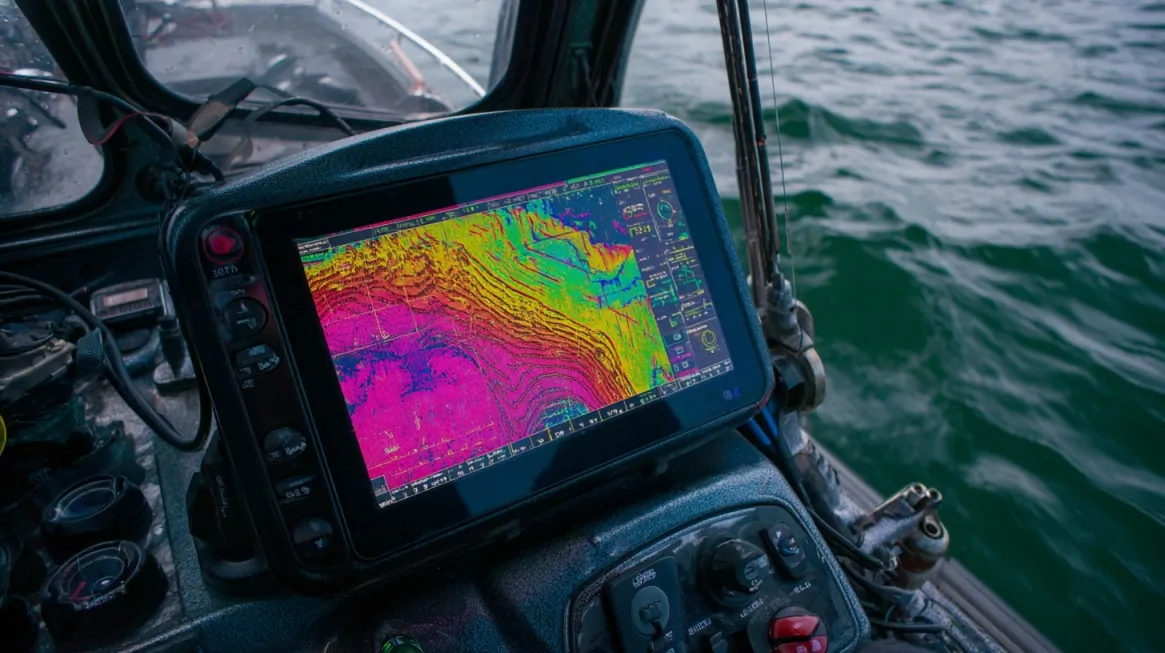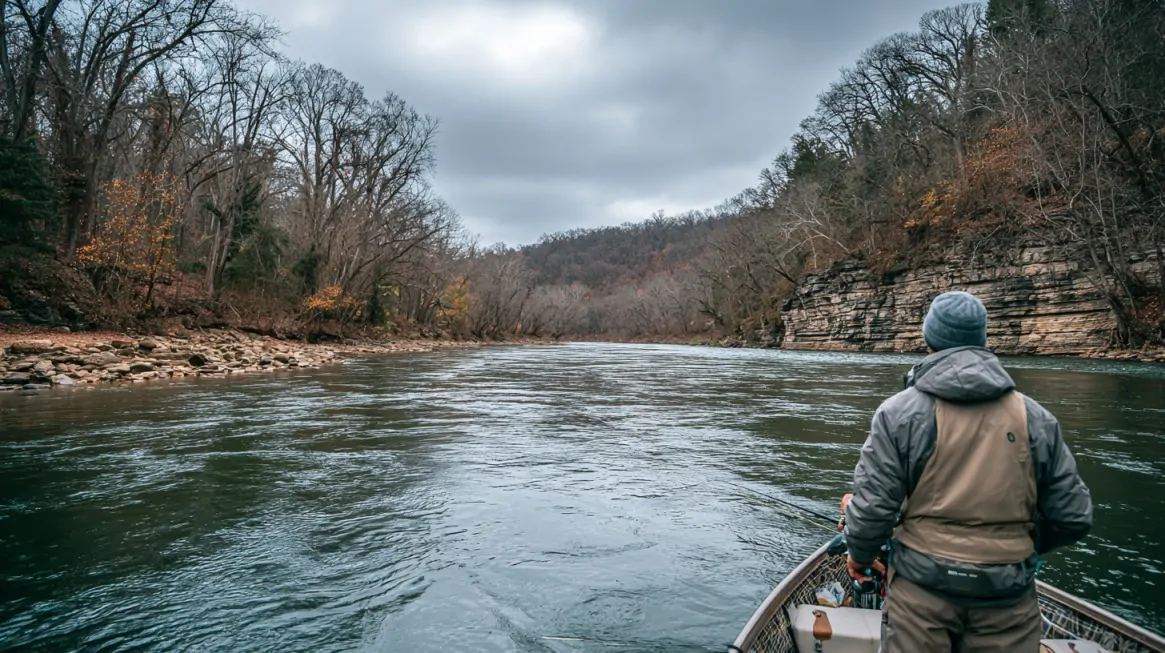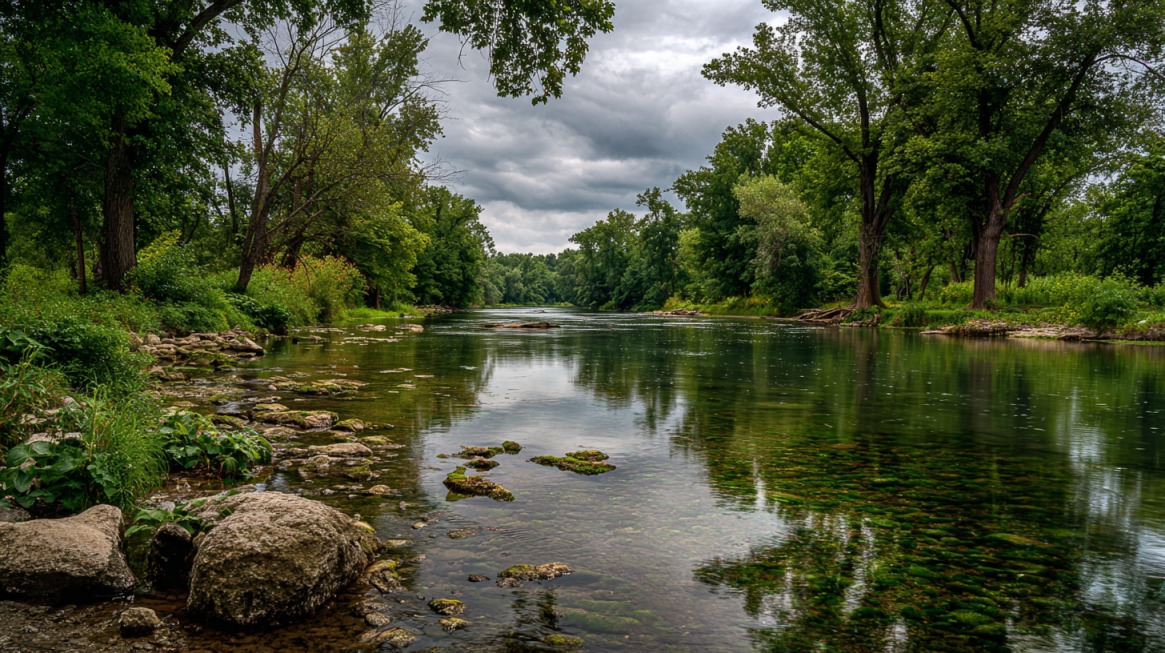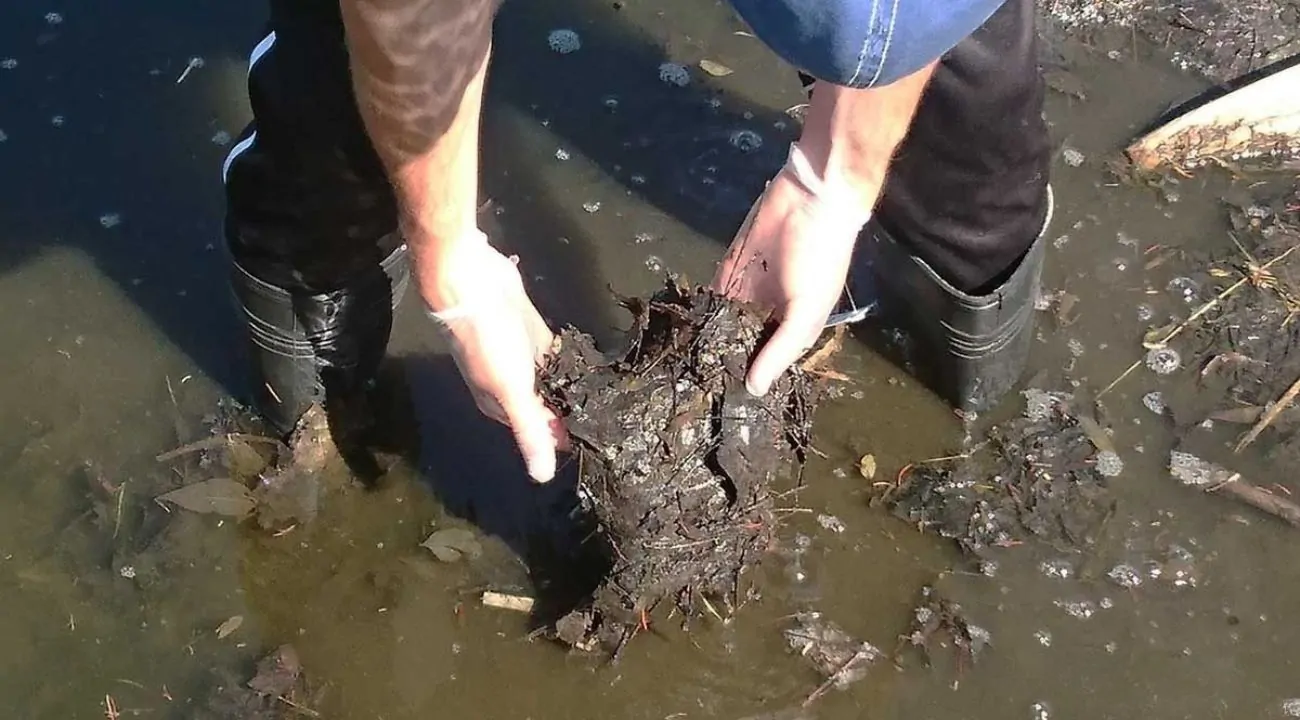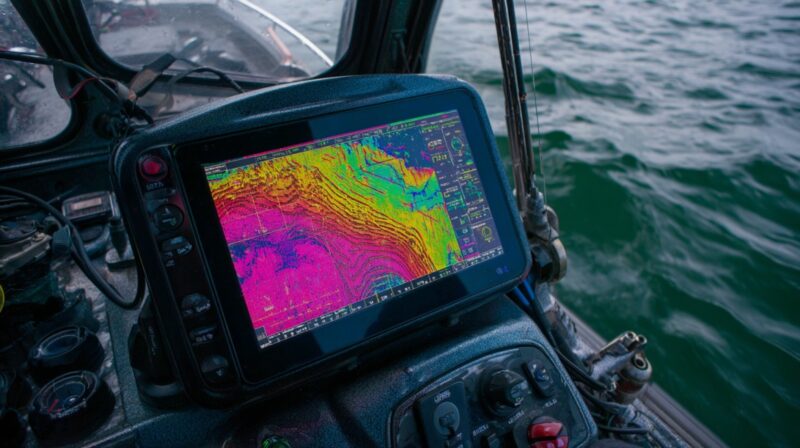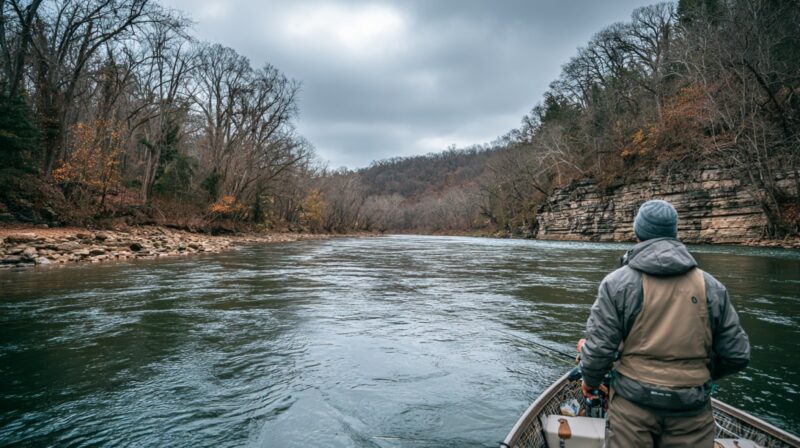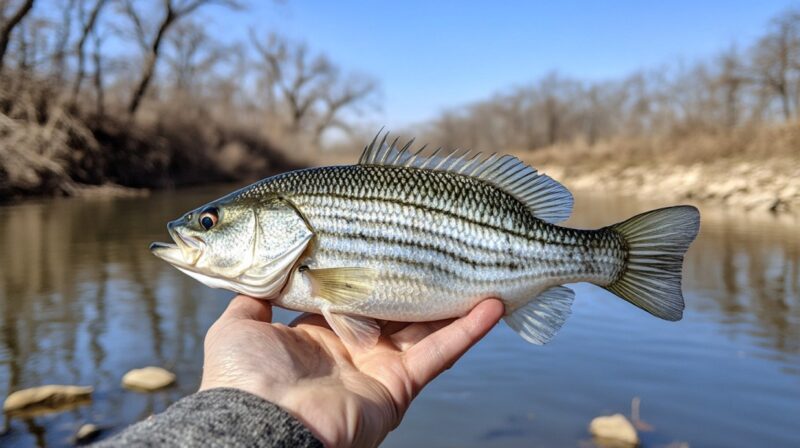
Share Post:
White bass hold a solid place among Illinois anglers as one of the most energetic and rewarding sport fish. Every spring, anticipation builds as temperatures rise and spawning activity ramps up.
Once water reaches about 61°F, usually in April through early June, white bass begin their annual spawning run, offering prime fishing opportunities.
Their aggressive feeding during this season makes them highly responsive to both live bait and artificial lures.
Table of Contents
ToggleKey Locations for Spring White Bass Runs
Spring spawning runs offer some of the most action-packed white bass fishing of the year in Illinois.
As temperatures rise, large schools move into rivers and tributaries, seeking ideal conditions for reproduction. Targeting the right areas during this migration is key to maximizing catch rates.
Anglers focusing on current junctions, gravel-bottom inlets, and warming feeder streams often find themselves hooked into aggressive, feeding fish.
Illinois River System
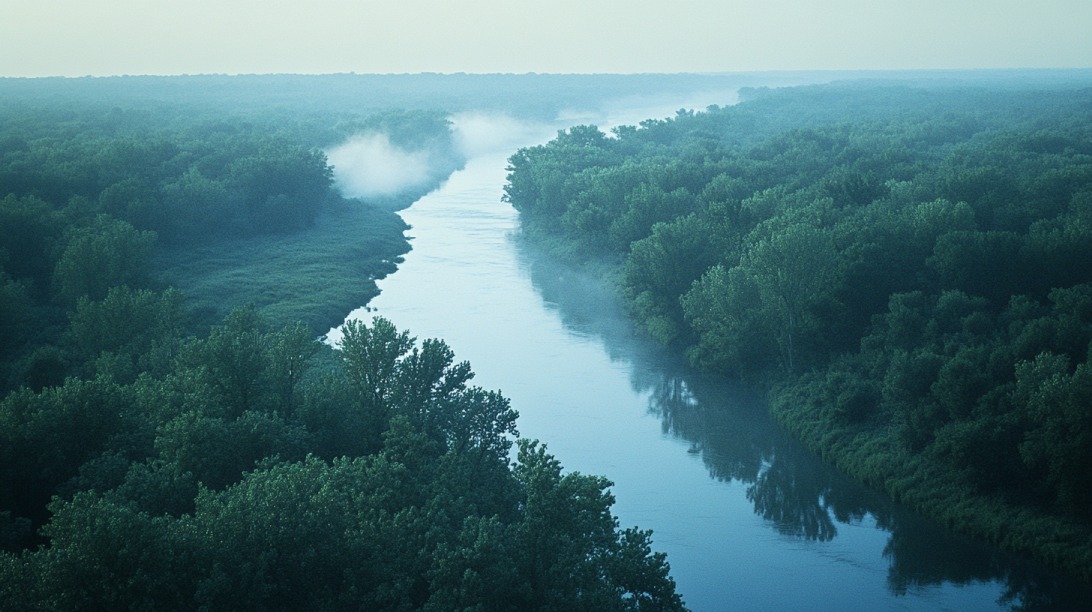
White bass runs are particularly strong along stretches of the Illinois River between Morris and Henry.
Specific locations like the Starved Rock and Marseilles Dams are hotspots, as is Big Sandy Creek near Henry.
These waters are fed by a number of smaller creeks and hold multiple staging zones that create consistent fishing action throughout the season.
- Morris to Henry stretch
- Starved Rock Dam
- Marseilles Dam
- Big Sandy Creek
Why It’s Productive
- Feeder creeks delivering fresh flow and nutrients
- Current junctions creating natural feeding lanes
- Gravel-bottom inflows that offer spawning grounds
- Staging pools where fish gather before moving upstream
Fishing Tips
- Target inflow areas, especially near visible current changes
- Fish slightly offshore eddies where fish rest and ambush prey
Use productive lures like:
- Jigs tipped with minnows
- Blade baits
- #5 Shad Raps in shad or silver patterns
Fox River Chain O’ Lakes
A favorite among anglers in northern Illinois, the Fox River Chain O’ Lakes offers a wide network of interconnected lakes and tributaries.
Its feeder creeks and the mainstem of the Fox River create ideal pathways for spawning runs.
Key Areas
- Feeder creeks with consistent spring flow
- Mainstem of the Fox River
- Gravel or rocky shorelines that provide spawning substrate
Peak Timing
Late April through early June offers the best shot at aggressive white bass, as water temperatures hit optimal spawning conditions
Techniques
- Spinners and spoons for covering water quickly
- Swimbaits in natural hues for clear water scenarios
In stained or murky water:
- Use minnow-colored lures with chartreuse accents
- Focus on current seams and near-shore staging spots
Lake Shelbyville
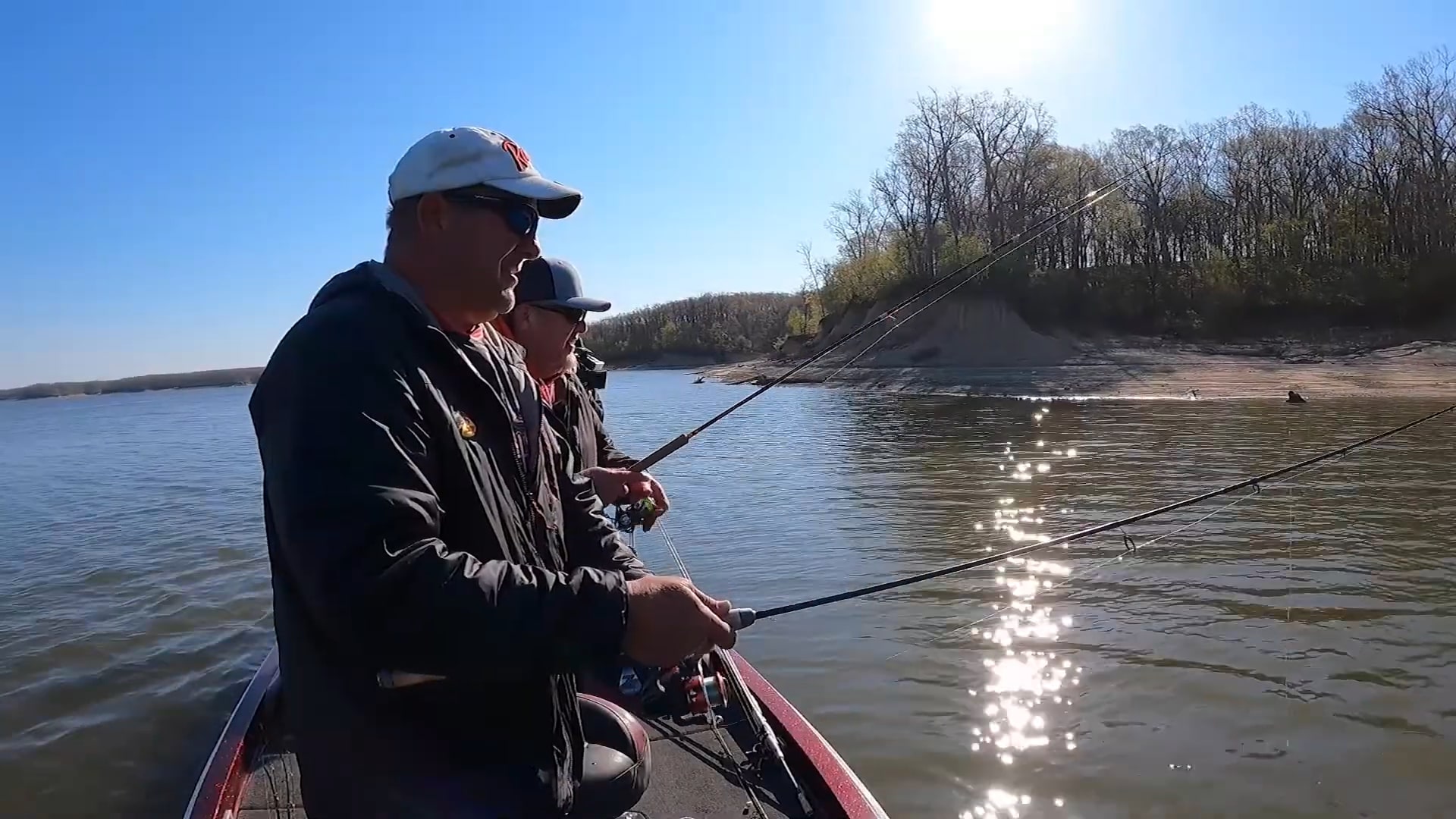
Located in central Illinois, Lake Shelbyville is known for its strong population of white bass and quality-size fish.
Tributary arms feeding into the lake provide ideal pathways for spawning migrations.
- Tributaries like Kaskaskia River arms
- Creek mouths where water funnels into the main lake
- Bridge crossings, where current breaks and structure attract fish
Local Praise
- High fish density
- Balanced mix of structure and open water
- Spawning-friendly inlets
Approaches
- Troll along creek mouths using shallow-diving crankbaits or small stickbaits
- Cast near bridges where fish school up near current breaks
When schools chase bait to the surface:
- Switch to topwaters like poppers or walking baits for fast action
- Match the hatch using baits that mimic young shad or minnows
LaSalle Lake
LaSalle Lake offers an early-season advantage due to its function as a nuclear cooling reservoir, which causes water temperatures to warm faster than traditional lakes.
As a result, white bass often begin spawning earlier here.
Best Zones
- Riprap berms that provide both structure and warmth
- Spring-fed inlets where temperature changes draw in baitfish and predators alike
Fishing Dynamics
- White bass patrol shoreline zones early in the season
- Sudden warm spells trigger feeding bursts
Bait Recommendations
- Use crappie jigs for light tackle finesse presentations
- Crankbaits that run shallow and mimic baitfish
- Small spoons for vertical presentation in slightly deeper areas
During shallow feeding windows:
- Employ topwater lures like poppers or prop baits
- Focus on visible surface activity, especially during calm mornings or evenings
Spring Habits and Conditions
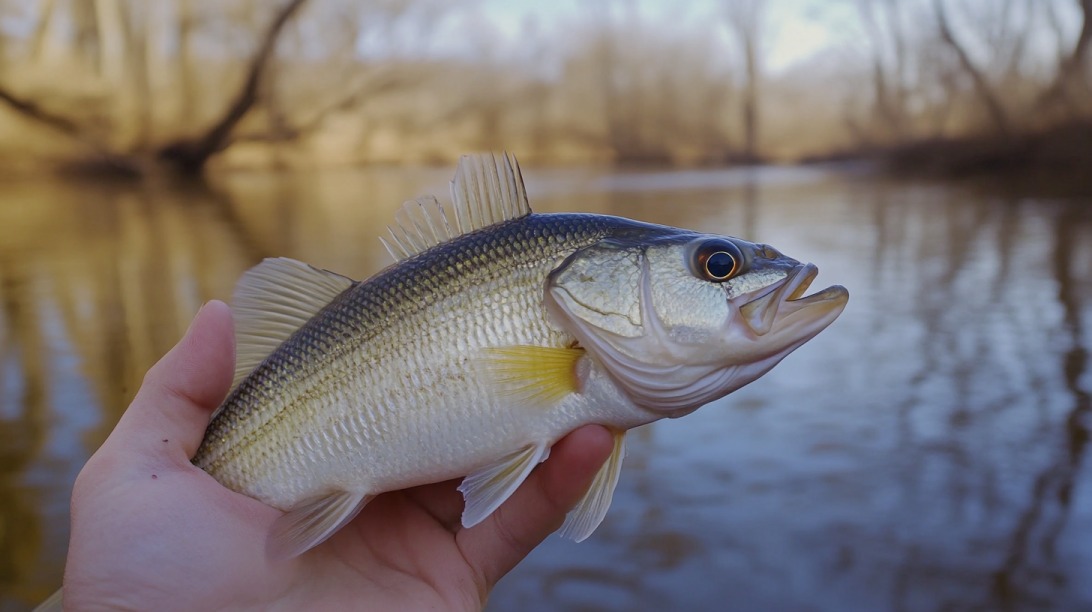
Predicting white bass movements during spring requires attention to seasonal cues and environmental triggers.
As fish transition out of winter behavior, their priorities shift entirely toward spawning. Anglers who align their timing and techniques with these patterns can maximize success.
Environmental conditions such as temperature, current, water clarity, and bottom structure all influence spawning activity and location. Understanding how these elements work together can turn an average outing into a productive trip.
Water temperature initiates the entire cycle. Spawning typically begins once temperatures reach approximately 61°F. White bass start moving out of their deeper wintering areas and head toward shallow zones with suitable bottom composition.
- 61°F is the consistent benchmark across Illinois waters for initiating white bass spawning activity.
- Movement begins in deeper holding pools and progresses to tributary mouths and shallow inflows.
- Fish seek out gravel or rocky bottoms where eggs can adhere and remain protected from current.
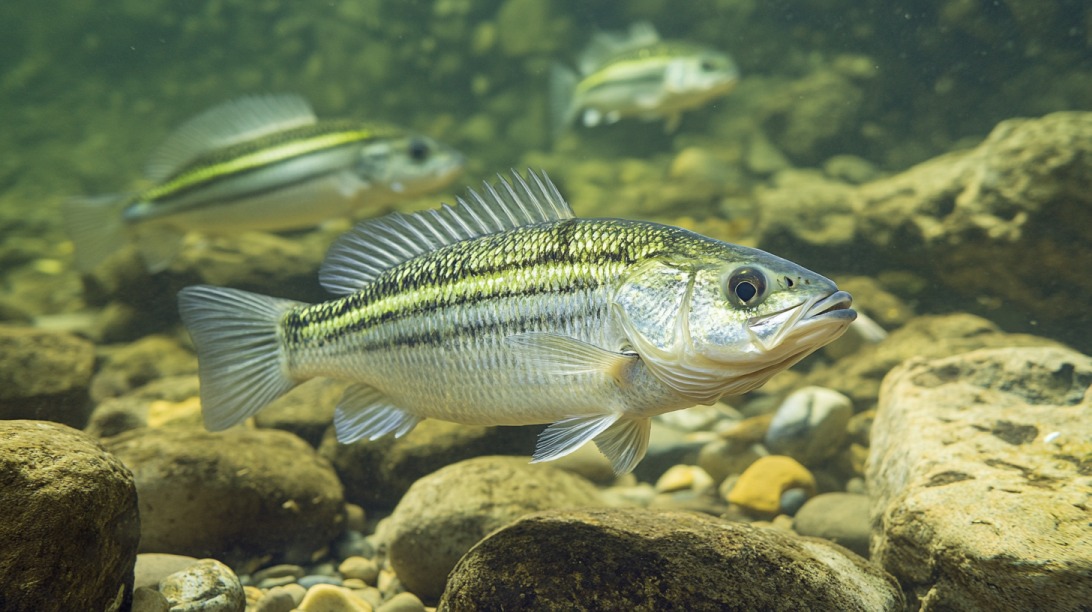
Environmental variables such as water clarity and current velocity further influence where fish stage and spawn. Heavy rainfall and spring runoff can raise water levels quickly, muddying rivers and altering current speed. Under these conditions, white bass often shift toward sheltered zones to avoid strong turbulence.
- Cleaner water promotes more aggressive feeding and spawning behavior. In turbid conditions, activity tends to drop.
- Fast current often deters fish from holding in open water. Slower eddies and slack water become vital resting and spawning spots.
- Elevated water forces fish into shoreline cover, especially along back eddies or creek mouths where turbulence is reduced.
Monitoring conditions is essential. Online resources such as the Illinois River Hydraulic site provide real-time river levels and can guide trip planning.
Summary
Top spots like the Illinois River, Fox River Chain O’ Lakes, Lake Shelbyville, and LaSalle Lake each offer outstanding action during spring.
By tracking water temperatures, adapting to changing flows, and selecting the right gear, anglers can experience some of the most exciting fishing of the year.
With patience and preparation, every cast brings the chance for fast-paced success.
Related Posts:
- Illinois Spring Trout Season Kicks Off April 5 -…
- How To Read A Thermocline On Sonar And Find Active Fish
- Best Tactics for Catching Walleye During the Fall Migration
- How the Illinois Team Secured Victory at the Ronald…
- Getting Started with Fishing in Illinois - What…
- Catfish in Illinois - Species, Habitats, and Top…



